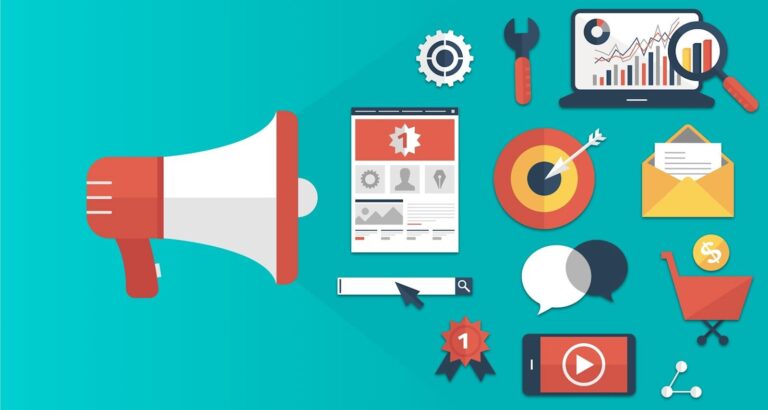Key Tools and Strategies for Conducting Competitive Price Analysis
In the thrilling world of business, mastering the art of competitive price analysis can feel like donning a detective’s hat. Scrutinizing the market, decoding competitors’ moves, and uncovering the secrets to pricing success.
Getting the price “just right” can help you reach the top of the market, no matter how long you’ve been in business or how new your business is. Buckle up, because we’re about to go on a trip through the most important tools and strategies that will make competitive price analysis a breeze for your business.
Why is Competitive Price Analysis Important?
Allow us to first talk about why competitive price research is important before we get into the tools and methods for it. Customers have more choices than ever before in today’s fast-paced market. They can read reviews, compare prices from different stores, and make an informed choice about where to spend their hard-earned money with just a few clicks.
In order for companies to stay current and competitive, they need to stay on top of their game and keep an eye on their competitors. Businesses can find out what their rivals are asking for similar goods or services by doing a competitive price analysis. This helps them find ways to cut costs and set prices that will attract customers while still making a profit.
Key Tools for Conducting Competitive Price Analysis
Software that keeps track of prices is an important tool for analyzing competitive prices. These complex systems look at the market for you and keep track of real-time changes in competitor prices. They usually have features like
Price Tracking Software
No longer do you have to keep track of and compare prices from different rivals by hand. Pricing software is now an important part of analyzing competitive prices thanks to the growth of technology.
These tools use algorithms to automatically track and study the prices of competitors. This gives companies up-to-date information on pricing strategies and market trends. Wiser, Prisync, and Skiddle are all well-known price software choices.
Web Scraping
Web scraping might be the right tool for you if you want a more flexible way to look at competing prices. Using a code or program to get price information from rival websites and look at it for ideas is part of this method. Web scraping is a way for businesses to get specific data points and make their research fit their needs, but they need to know some basic stuff to do it.
Market Research
When looking at competitive prices, technology can be very helpful, but sometimes the best tool is just plain old market study. Surveys, focus groups, and feedback from customers can tell you a lot about what makes people act the way they do and how prices affect choices about what to buy. Businesses can get a full picture of their competitors by putting these qualitative data points together with numeric data from pricing tools and web scraping.
Strategies for Conducting Competitive Price Analysis
To get the most out of competitive price research, you need to do more than just gather data. You also need to think strategically about how to use what you find. Businesses that are having trouble setting prices in a competitive market can use the following tips as a guide.
Monitor Prices Regularly
As we already said, because the market is always changing, you need to keep a close eye on both market trends and how your competitors set their prices. If you regularly study and keep an eye on how their prices change, you can stay ahead of the game and make quick changes to your own pricing strategy. This will help you stay competitive and make the most money.
Monitoring can happen as often as once a week, twice a week, or once a month, depending on the competitiveness and the way the industry works. By being strategic in this way, you can make the most of the constantly changing market conditions and stay strong in your field.
Analyze Pricing Strategies
It’s not enough to just look at individual prices when doing a competitive price study. You also need to look for patterns and trends in the market. This could include changes in prices based on the time of year, sales or deals from competitors, and different pricing tactics for different types of products. Businesses can learn a lot about the market and make sure their price plans are based on facts by looking at these trends.
Consider Your Unique Value Proposition
It’s important to know what your rivals are asking, but it’s even more important to know what makes your product or service special. How are your goods or services different from those of other companies?
How do buyers decide what to buy based on their ideas about what is valuable? By keeping these things in mind, businesses can set the prices of their goods in a way that gets people to buy them and makes them competitive in the market.
Utilize Price Intelligence Platforms
When businesses check out prices from other businesses, they can use more advanced tools, such as supply chain finance tools, to get an even bigger strategic edge. These platforms use AI and big data analytics to give businesses full, useful information that helps them not only match but also smartly make money from how rivals set their prices.
Unleashing Your Pricing Prowess: Master Competitive Price Analysis!
The best way to get ahead in the market and make your business successful is to use competitive price analysis. Take advantage of these tools and strategies like a market expert. Use everything you’ve learned to defeat competition, attract clients, and establish the greatest rates.
Remember that pricing is a continuous process that rewards quick response when the market swings and you do successfully. You know more and are more confident. Use competitive price analysis to succeed!
Eager to take your competitive edge to new heights? Learn more about pricing analytics and other topics on our blog. Get exclusive insights, improve your strategy, and remain ahead.






